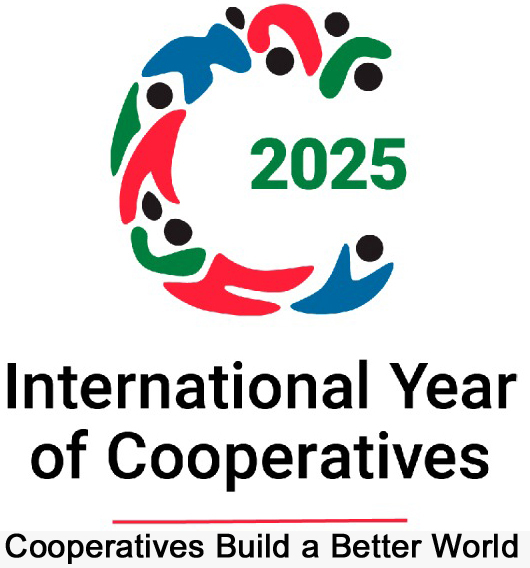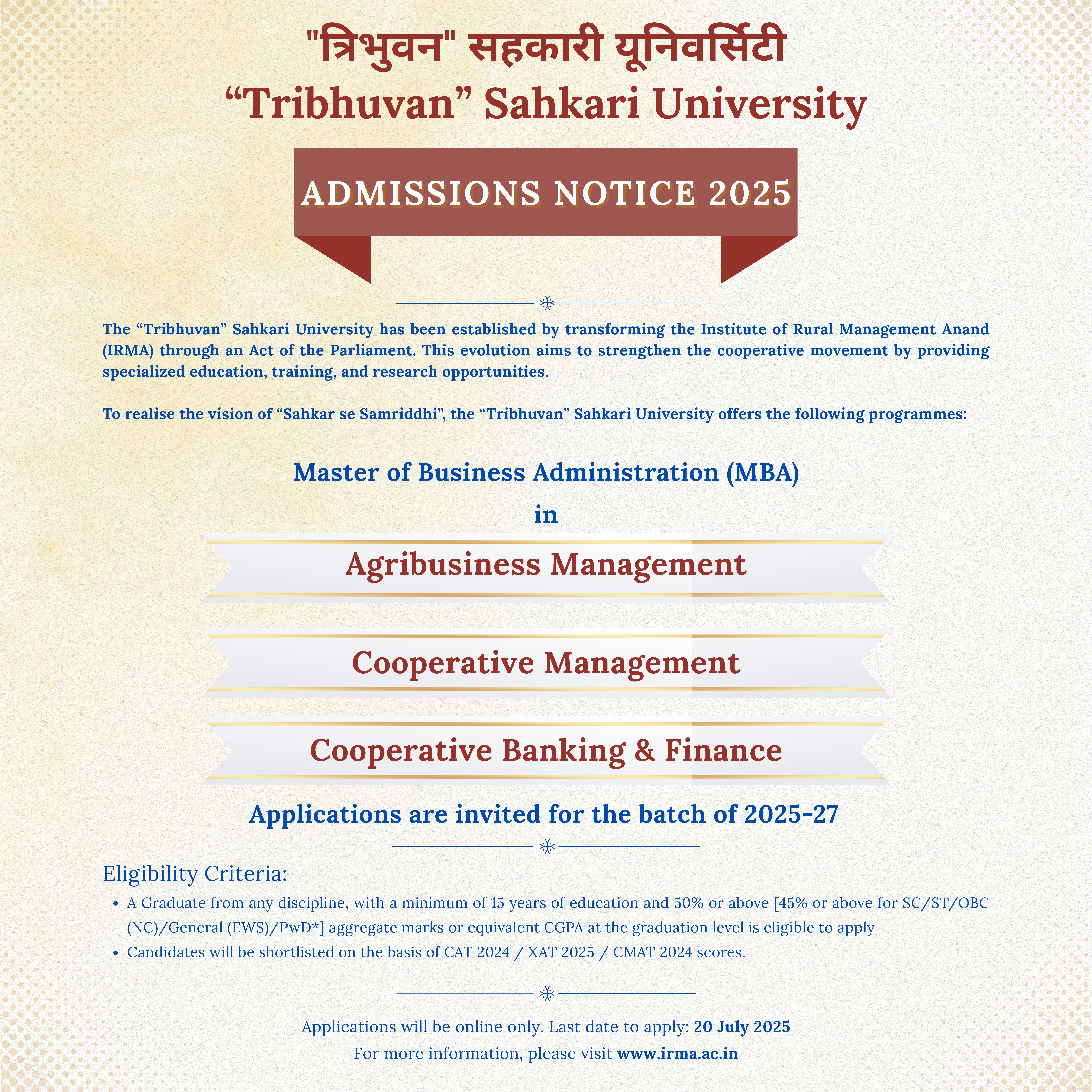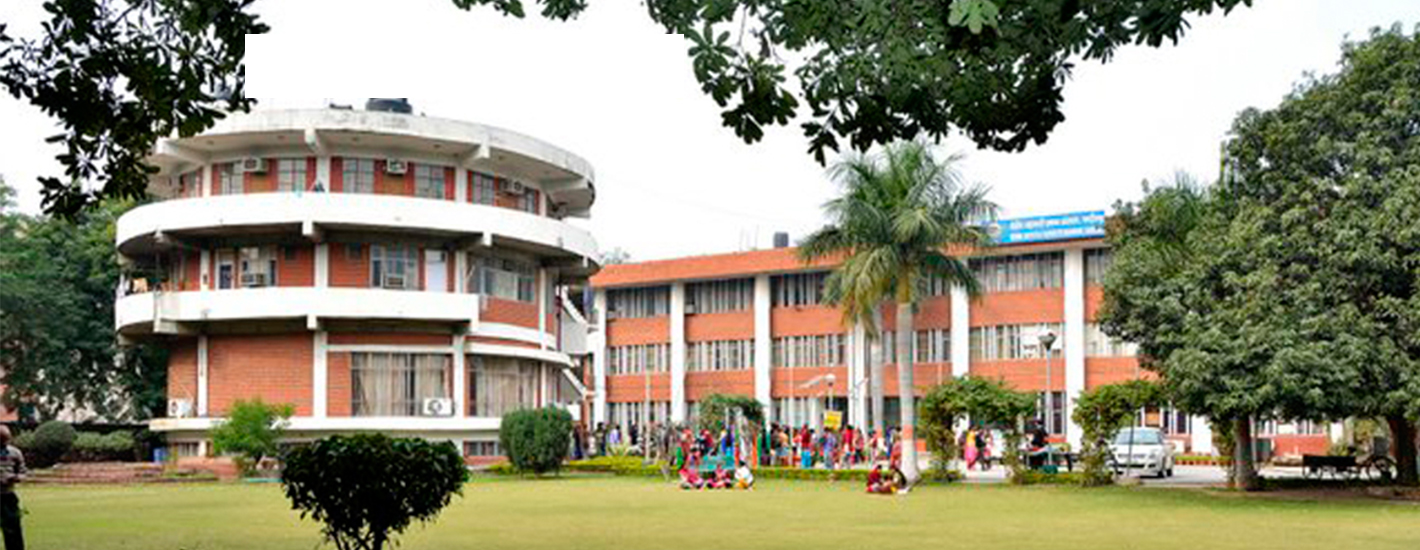OUR VISION : "To become a global center of excellence in cooperative education and training, capacity building, and human resource development, contributing to economic and social well-being."
OUR MISSION :
To nurture a skilled, future-ready workforce through innovative education, research, and capacity-building programs, while fostering youth leadership and strengthening cooperative ecosystems for sustainable socio-economic development.
OUR VALUES :
GOALS :
1. To deliver comprehensive training programs that enhance professional skills, foster youth development, and empower individuals to excel in the cooperative sector.
2. To build capacity in human resources through education and skill-building initiatives, equipping individuals to address contemporary challenges in cooperative management and development.
3. To promote sustainable development by nurturing youth and strengthening their capabilities through innovative training and education programs focused on cooperative values and practices.
4. To develop future-ready leaders by integrating capacity-building efforts with skill enhancement, empowering communities to thrive in a dynamic socio-economic environment.
5. To foster excellence in cooperative management by combining education, training, and human resource development, creating a skilled workforce that drives economic and social progress.
6. To focus on holistic youth development by implementing cutting-edge training, education, and capacity-building initiatives, ensuring a vibrant cooperative ecosystem.







